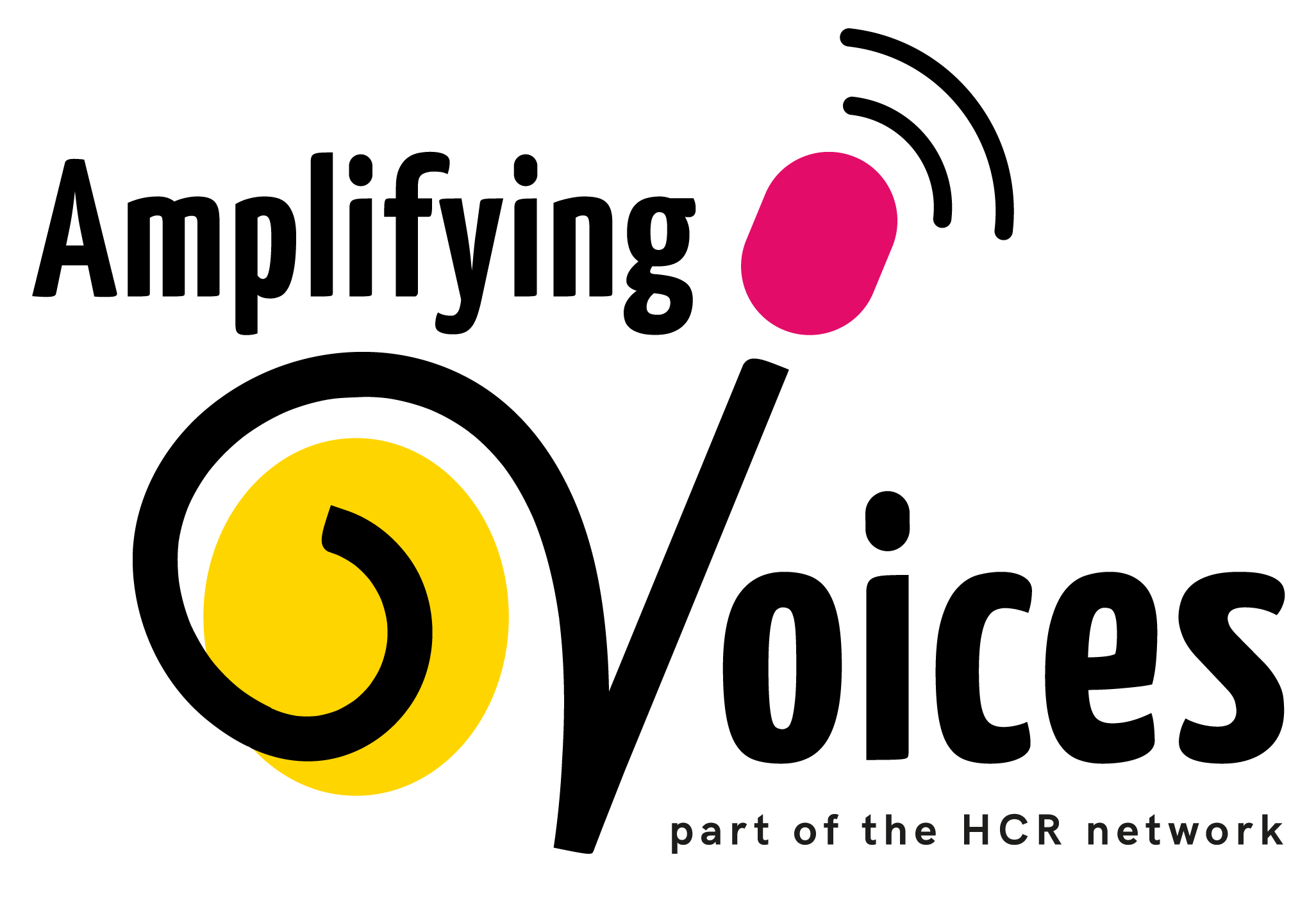
Transitional Learning Model
The Transitional Learning Model is foundational to our design and delivery of community-centred media workshops
It operates on the assumption that, if learning is to be instrumental for learner and facilitator, then the approach should be conducive to both learner and facilitator alike.
The model is different from other training models in that it directly addresses learning styles, particularly cultural dimensions of learning. This is a process frequently omitted or glossed over in training design. The key to the model is six incremental transitions in the learning experience for learners and facilitators. The model enables training designers to consolidate the entire process of training from identifying needs to the follow-through phases of maintaining a comprehensive training plan.
Incremental shifts in the learning experience for learners and facilitator are shaped by six transitions and associated learning outcomes. Knowledge (Cognitive transition) builds on Reflection (Projective) and the Application transition integrates behavioural skills with learning from the previous two transitions. The fourth transition, Synthesis, positions the learning in an operational context to establish problem-solving skills. The next transition, Group Reinforcement, builds teamwork skills while the final transition, Self-direction, provides the opportunity for strengthening individual skills.
Transition Learning Model – Learning Outcomes
Projective – Form attitudes and aptitudes relevant to the task
Cognitive – Frame knowledge related to the task
Application – Apply skills to the task
Synthesis – Anticipate and resolve problems that may affect performance
Group reinforcement – Reinforce team approaches
Self-direction – Maintain self-direction and initiative
Taking its lead from adult learning principles, the Transitional Learning Model is a transforming framework, giving priority to
- the life experience of the learner;
- skills in problem-solving and resource management;
- concrete experiences that lead to reflection and conceptual thought;
- the learner taking more control of his or her learning;
- activities that develop the capacity to discover questions to be asked rather than finding “fixed” answers
- and a non-formal environment.
For Example….
The Projective transition begins the process. It acts as a framing device to establish an overall direction for both learners and facilitator. If the course is about conducting a radio program interview, the transition activities would promote reflection on attitudes and aptitudes related to interviewing.
A systematised cognitive framework is the learning outcome of the Cognitive transition. A foundation of background technical information is laid before moving on to the practical. In the case of a radio program interview, the learning outcome would relate to a cognitive grasp of the process of preparing for, conducting, editing and broadcasting an interview.
Next, Application makes the transition from knowledge-based elements to practical, behavioural-intensive skills. In our radio interview example, this might include framing questions, handling an interviewee, managing a microphone, editing an interview and so on.
Up to this point, the learning outcomes of the previous transitions have been attitude-, knowledge- and behavioural-based. Now, the Synthesis transition is critical for the learning outcome of problem-solving, in preparation for the final two transitions. In our imaginary radio interviewing course, the learning outcome would relate to solving unexpected or expected difficulties that may emerge during the planning and conducting of an interview.
The learning outcome of the Group Reinforcement transition is to reinforce problem-solving skills and to promote collaborative teamwork and group-learning where participants learn to work together, not compete with each other. Together, group members would each take a role and collaborate to produce a group project.
Finally, with Self-directed learning as a goal, the transition from facilitator-led learning to individual enabling is complete. In our example, individual participants would produce an interview.
The Transitional Learning Model transforms learning and learners, through increasing and incremental depths of involvement and responsibility. Learners develop confidence and skills in problem-solving, collaborative learning and teamwork, decision-making, organisation and self-responsibility. Practical activities are built-in opportunities in the transition sequence for learners to produce or achieve tangible evidence of their learning and effort. Learners directly participate in five of the six transitions (projective, application, synthesis, group reinforcement and self-direction transitions) and indirectly contribute to the Cognitive transition. Previous experience is demonstrably valuable to group dynamics and valued by the facilitator.
At the heart of the Transitional Learning Model is the transformation of the learning process.
ABOUT THE DESIGNER
Dr.Ross James describes himself as a pracademic—part practitioner and part academic—who is committed to empowering and multiplying learner-centred trainers. With his family, Ross has lived and worked in several Asian countries and conducted short-term training in many other international settings. Ross is the founder of HCR and is available for consultancy on training design and delivery.
FURTHER READING ABOUT THE TRANSITIONAL LEARNING MODEL
Ross wrote a book about the TLM, which is currently being re-written as a second edition. Download several chapters from the first edition made available here as PDF files.
Want to find out more? Use our Contact page
Copyright © 2013 Health Communication Resources
